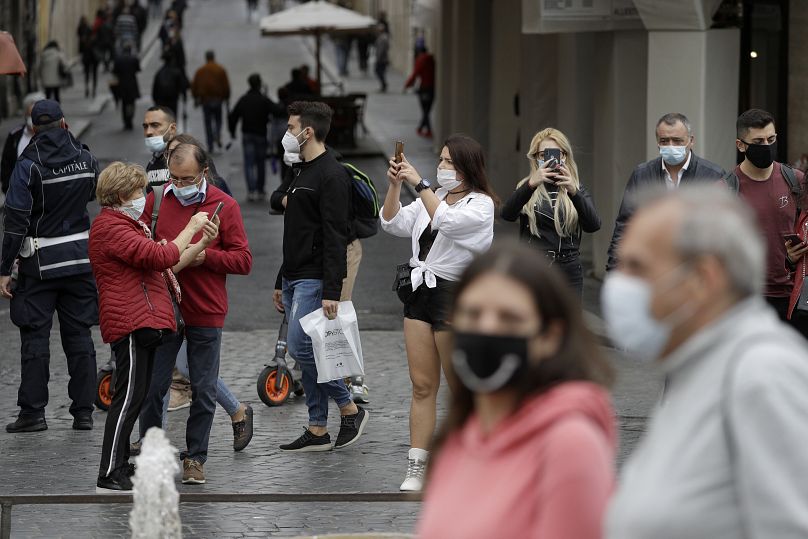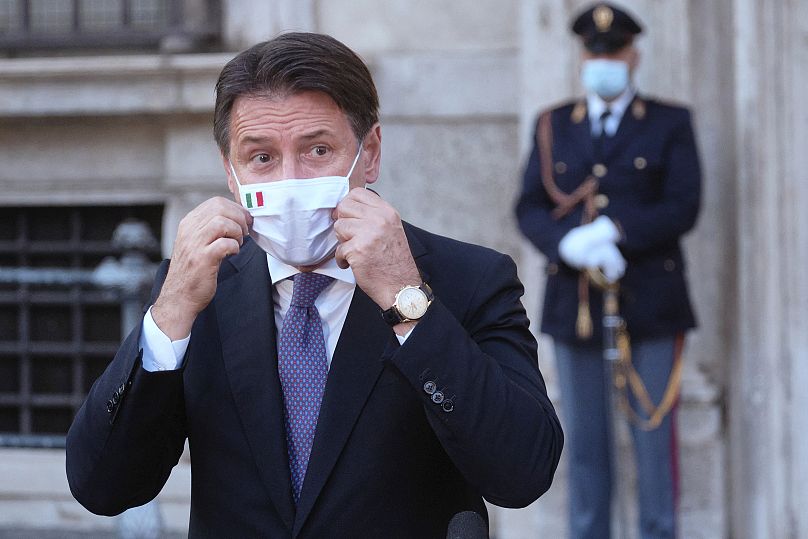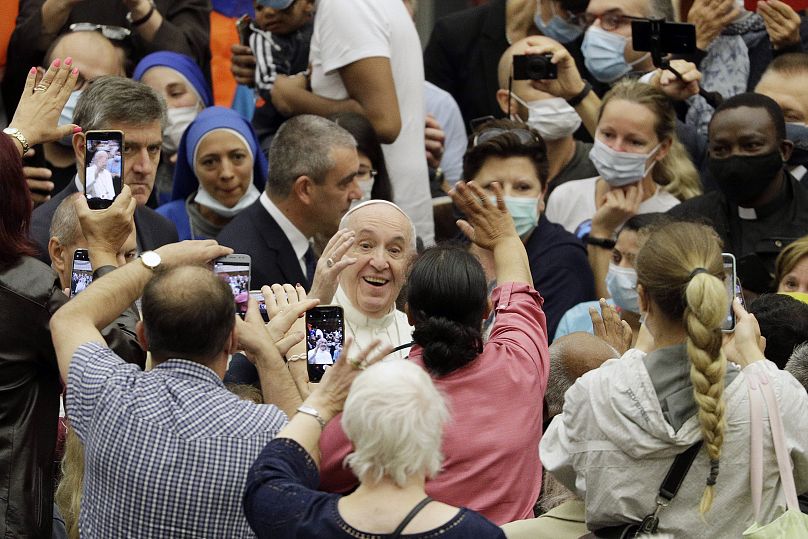Italy has one of the lowest per capita infection rate of coronavirus in Europe, but as one of the earliest countries hit hard by the pandemic, the government is keen to avoid a further rise in cases.
Italy has introduced a new measure to make masks compulsory when outdoors after recently passing a decree to extend the national state of emergency to January 2021.
Under the new measure, Italians are required to wear a face covering at all times while outside, unless they can absolutely guarantee they are isolated from others.
This essentially means masks are mandatory in all urban and semi-urban settings — and anyone found not to comply could face a fine between €400 and €1,000.
Going further, Prime Minister Giuseppe Conte said that while an already established order to wear masks indoors couldn't be extended to private homes, he urged people to keep their distance.
"The state can't ask citizens to wear masks in their own homes," he said. "But we have a strong recommendation for all citizens: Even in our families we have to be careful."
These new measures come as Italy recorded another 3,678 COVID-19 cases and 31 deaths on Wednesday, meaning more than 36,000 people nationwide have now died from the illness.
It also has the second-highest death toll in Europe after the UK; however, it now has one of the continent's lowest infection rates per capita.
Italy has recorded 46.5 cases per 100,000 residents in the last fortnight, which can be compared to the Czech Republic's 327 cases per 100,000 people.
Spain has 302, France 248 and Belgium 233 per 100,000.
Despite this data, a nine-week rise in infections has prompted the Italian government to act now to avoid the possibility of future shutdowns.
Conte's administration is especially sensitive to letting the virus spiral out of control after Italy became one of the earliest countries hit hard by the pandemic.
Exceptions to the preventative measures announced on Wednesday are also in place, and include people taking part in outdoor sporting activities, or people sitting in restaurants.
Children under 6 years old are not required to wear a face covering, nor people with specific health conditions.
The Vatican, too, has adopted the mandate after following Italy's strict lockdown measures earlier this year.
Pope Francis, however, did not wear a mask during his general audience on Wednesday, despite greeting well-wishers and shaking their hands.
There have been a number of theories for why Italy appears to be showing a slower second uptick in the virus, compared with neighbouring nations.
Such theories include a fear among Italians after initially being severely hit, and therefore resulting in people being more compliant with mask rules and social distancing.
The country's healthcare system has also been aggressive with its response, including testing passengers on arrival from high-risk countries — and even from its own island, Sardinia.














